Despite key losses in 2015, Clemson defense looks to remain dominant

CLEMSON, S.C.—Dabo Swinney asks his defensive assistants to speak to his offense every year before the start of spring practice. Likewise, the Clemson coach asks his offensive assistants to address the defense. The tradition is aimed at building team unity. More often than not, it also serves as a challenge.
Brent Venables usually enjoys these meetings. Last season the Tigers defensive coordinator knew he’d have plenty to brag about. Indeed, Venables’s 2014 defense was one of the best in Clemson history. But this spring the coach found himself at a loss for words. “The last couple of years, I had a big stick to swing,” Venables said. “It challenged them. But I went in there [this year], and I was on my heels a little bit. It was pretty funny.”
Venables’s modesty stems from what he calls a “rewrite”—not a rebuild—of the defense. Seven starters are gone from a unit that finished last season ranked No. 1 nationally in yards allowed per game (260.8) and yards allowed per play (4.03). The Tigers led the country in a whopping 11 defensive categories and capped the year by shutting down South Carolina (35-17) in a rivalry game before stifling Oklahoma (40-6) in the Russell Athletic Bowl. Earlier this spring the NFL invited six Clemson defensive players to its combine, the most from any program.
2015 ACC spring football primer: Key questions facing each team
Venables nearly did a double-take when the Tigers opened spring practice on March 2. The staff expected to feel the absence of All-ACC standouts like defensive end Vic Beasley, linebacker Stephone Anthony, defensive tackle Grady Jarrett and cornerback Garry Peters. But seeing the on-field product emphasized the new reality. “It wasn’t odd,” Venables said. “It was depressing.”
More than just their statistical production, the departing players knew how to win. Clemson won 10 games in 2014, linking it with Alabama and Oregon as the only Power Five teams to earn double-digit victories in each of the last four seasons. Suddenly the locker room doesn’t have Beasley, Jarrett or the bulk of the Tigers’ recent foundation.
“Now those guys aren’t here,” Swinney said. “So, who’s going to take that role? That’s at every position. My biggest concern is making sure they develop that leadership and that chemistry coming out of spring ball that we can take into summer. That has to be in place.”
Swinney prepares for the annual changing of the guard by forming “accountability teams” after the season. Each January his staff asks seniors to draft eight teams of 11 or 12 players from the roster. These groups are responsible for one another on and off the field. If someone is late to class or skips a workout, his accountability team will let him know. The exercise helps young players grow into leaders.
Ineligibility rule debate forces schools to pick priorities; Punt, Pass & Pork
It’s no surprise the guidance of Clemson’s accountability teams often translates to the field. This spring defensive ends Shaq Lawson and Kevin Dodd and tackle D.J. Reader have taken control of a line that will badly miss Beasley and Jarrett. Venables singled out Mackensie Alexander, a former five-star recruit, and Jayron Kearse as leaders in the secondary, where the Tigers must replace Peters’s production.
Through one week of practice several guys are taking steps toward commanding their position groups. “Everybody is ready to lead,” Dodd said. “We’re just waiting to see who’s going to be that main guy.”
Swinney used Ben Boulware as an example of a player who has waited his turn on Clemson’s depth chart. A rising junior who was one of the team's best backups in 2014, Boulware will be asked to shore up the linebacking corps. “It’s going to be a blast to watch him unleash his frustration of two years of having to watch Stephone Anthony and those guys and bide his time a little bit,” Swinney said.
Boulware, a native of nearby Anderson, S.C., came into spring with momentum. He earned a start against Oklahoma in the Russell Athletic Bowl while Anthony served a first-half suspension for a helmet-to-helmet hit against South Carolina. Boulware recorded six tackles, including one for a loss, and a pick-six against the Sooners, taking a Trevor Knight pass 47 yards for a touchdown. That marked Clemson's first interception returned for a touchdown in bowl game in 24 years.
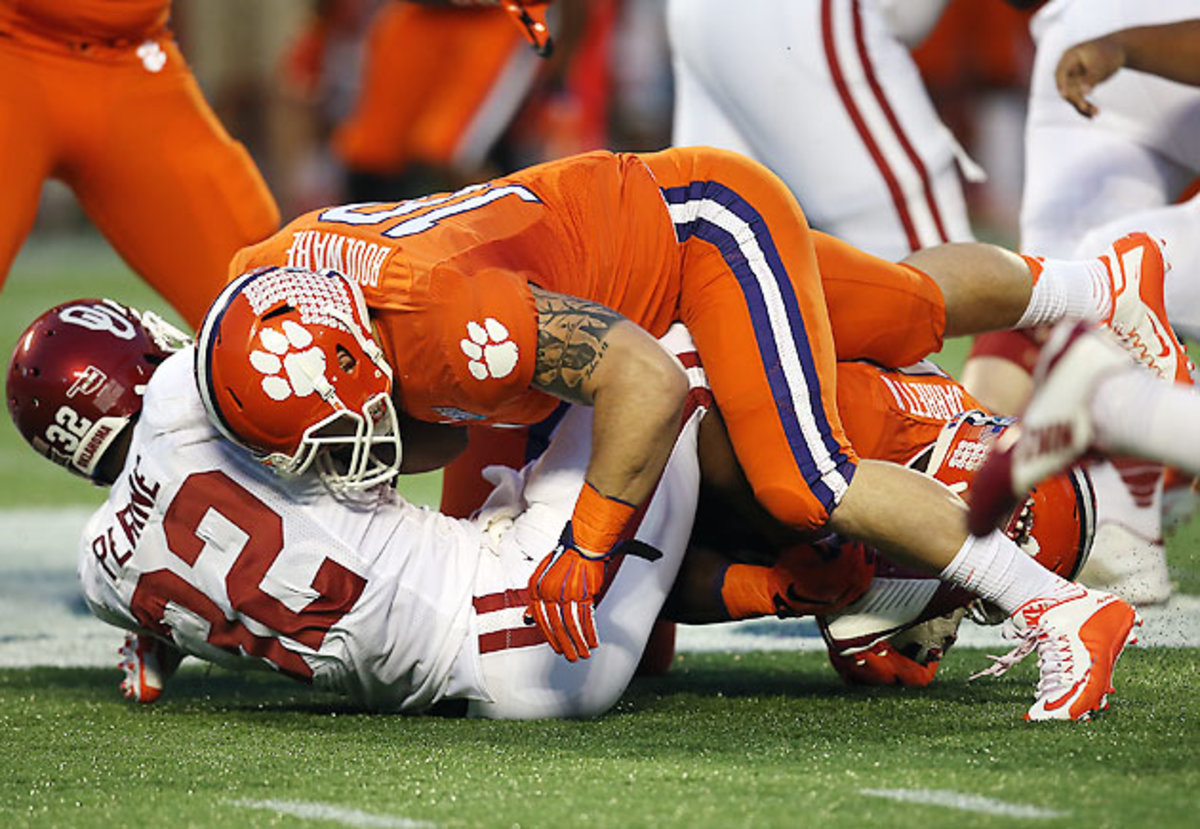
Now Boulware finds himself in an unfamiliar place. After striving to beat players like Anthony in practice, Boulware is the one with a target on his back. Freshman linebacker Chad Smith—one of 15 early enrollees at Clemson, the most of any FBS program—regularly picks Boulware’s brain during practice. “Every single time I come off that field, this dude is asking me 15 questions,” Boulware said.
That eagerness to learn is apparent across the roster.
“The difference in last year and this year is the competitive depth," Swinney said. "The experienced depth we had last year is not the same this year. It’s talented—maybe more talented—but we’ve got to replace that experience.”
Despite the prevalence of new faces, Clemson’s coaches aren’t shying away from defensive expectations. A massive banner hangs inside the team’s indoor practice facility that reads “BEST IS THE STANDARD,” a mantra the defense embodied in 2014. Clemson was known for its offense just two seasons ago, when quarterback Tajh Boyd, receiver Sammy Watkins and coordinator Chad Morris guided an attack that averaged 40 points per game. But Venables’s defense changed that narrative last fall and set a benchmark Swinney expects going forward.
Balance on both sides could make Clemson an even bigger contender this season. Morris left to become coach at SMU, but six offensive starters return. That number is seven if one includes sophomore quarterback Deshaun Watson, who started five games as a true freshman but missed several weeks to injury and had surgery to repair a torn ACL in December. He is rehabbing this spring, but is expected to be one of the top quarterbacks in the conference after passing for 1,466 yards with 14 touchdowns and two interceptions.
#DearAndy: Which juco transfers could break out in spring practice?
Even with the hype around Watson, Venables doesn’t want his group to be forgotten in 2015. Asked if his defense still flies under the radar, Venables says many questioned the Tigers before their matchup against Oklahoma last year. All they did was hold the Big 12’s third-highest scoring team (36.4 points per game) to six points.
“We weren’t supposed to be able to stop all those high-powered Big 12 offenses,” Venables said. “That was as good as there was in the conference. And you saw how that went.”
The memory of Clemson’s victory over the Sooners is now enshrined in “The Graveyard,” a small plot of land that sits outside the practice facility. The mock cemetery features gravestones for every win over a team ranked in the AP Poll away from Death Valley. The latest gravestone, which was placed on March 4, reads “Oklahoma (24), December 29, 2014.”
The addition to the Graveyard is a reminder of what the program’s defense can be. As spring practices continue, it’s up to a new group to build on that success.
“We take momentum because we set the standard,” Swinney said. “We burned the ships. We ain’t going back. But our first group [on defense] can play with anybody and play against anybody. This is as good-looking a group as you’re going to see.”
ACC players to watch in 2015
Everett Golson, Florida State QB

Golson transferred to Florida State this spring after spending four years at Notre Dame and is competing for the starting quarterback job. He led the Fighting Irish to the national title game as a redshirt freshman and played well to start last season before committing a number of costly turnovers as Notre Dame finished with a 7-5 record.
Justin Thomas, Georgia Tech QB
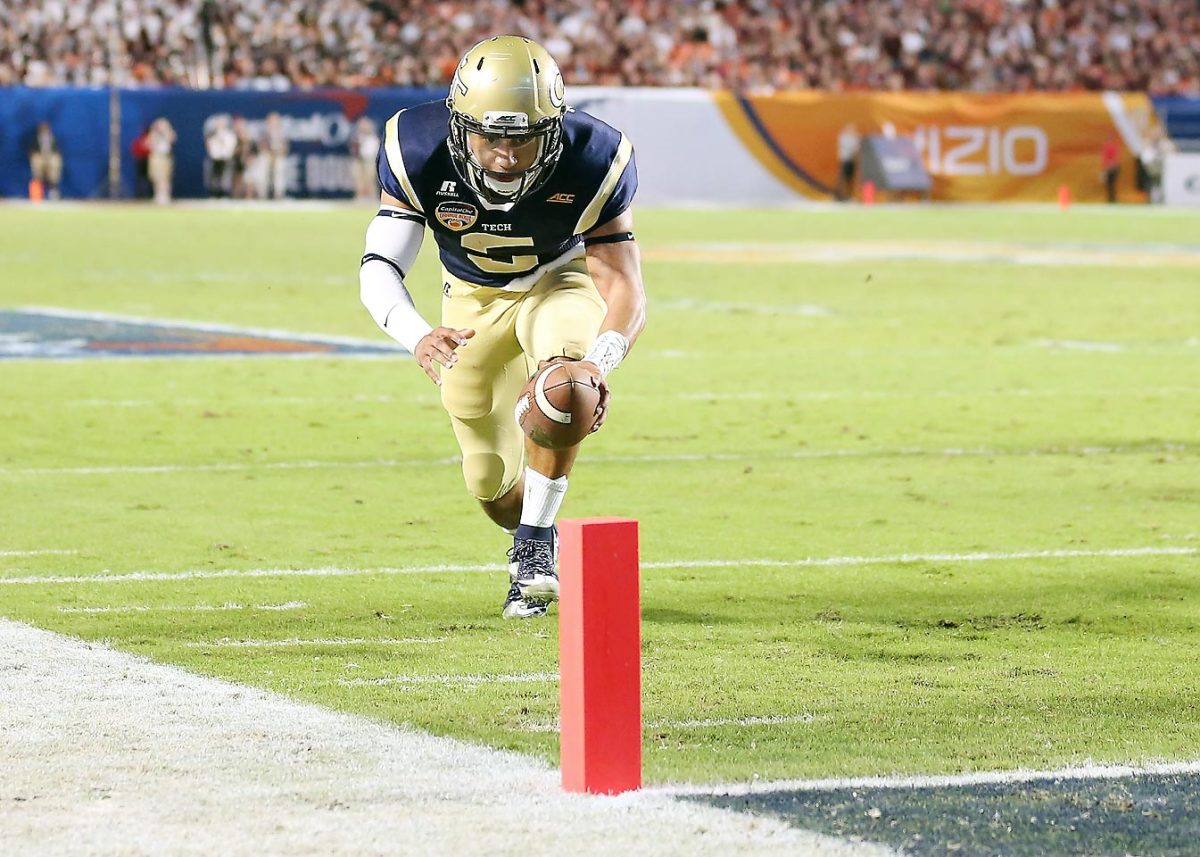
Thomas threw and ran for over 2,800 combined yards combined last season, guiding the Yellow Jackets all the way to the ACC title game and an Orange Bowl victory. With running backs Synjyn Days, Zach Laskey and Charles Perkins gone, Thomas will have to shoulder even more of the offense in 2015.
Deshaun Watson, Clemson QB
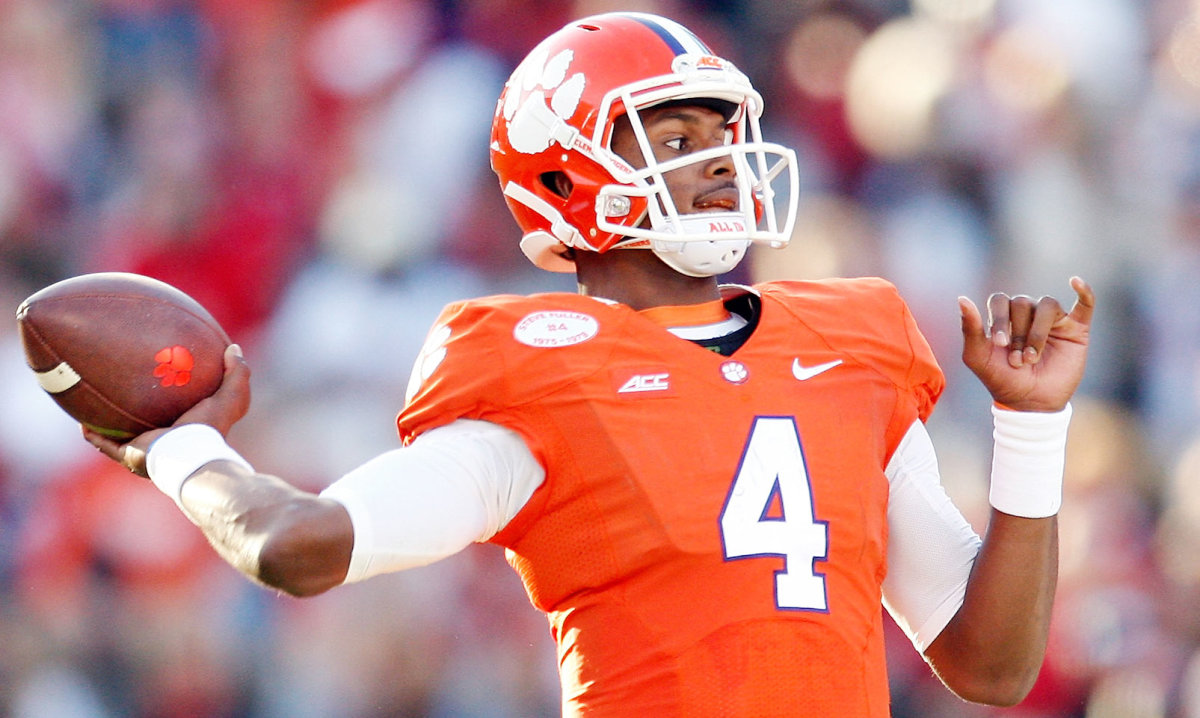
Watson missed five games last season due to injuries, including Clemson's Russell Athletic Bowl victory while he recovered from a torn ACL. Watson is said to be ahead of schedule in his rehab and should build on a true freshman season in which he threw for over 1,400 yards in eight games.
James Conner, Pittsburgh RB
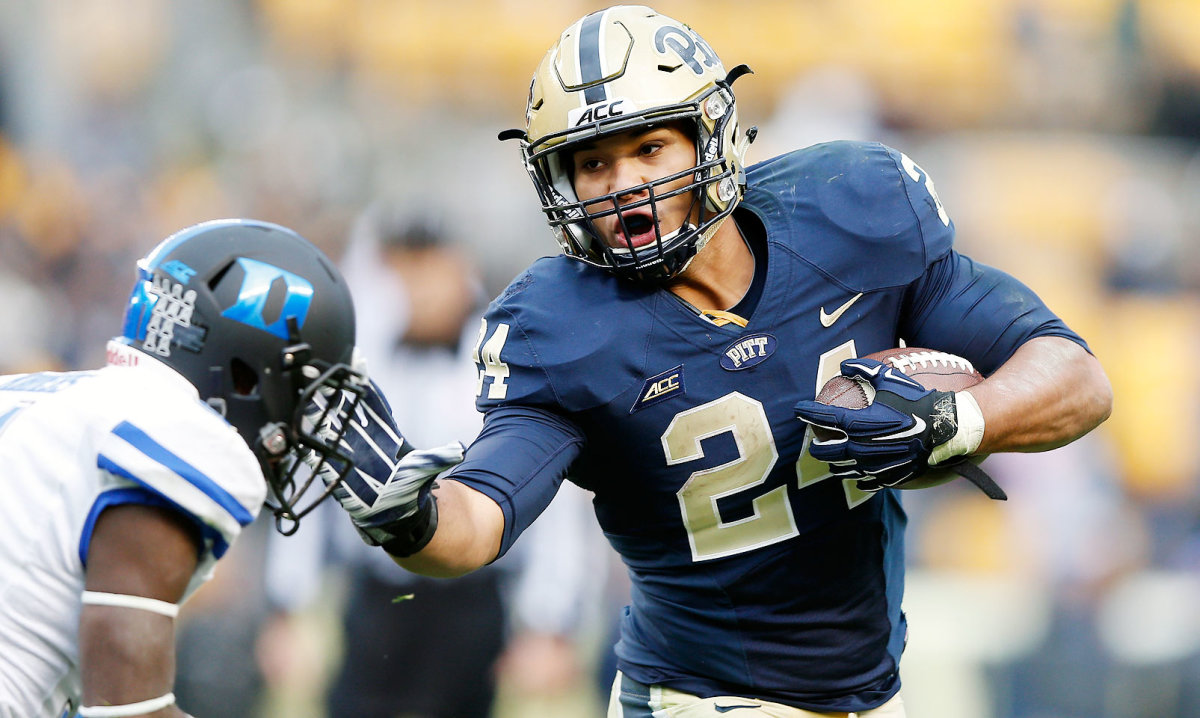
Conner established himself as a workhorse back for the Panthers in 2014, carrying the ball 298 times fore 1,765 yards with 26 touchdowns. He's in line for more opportunities to run the ball this upcoming season.
Jalen Ramsey, Florida State DB
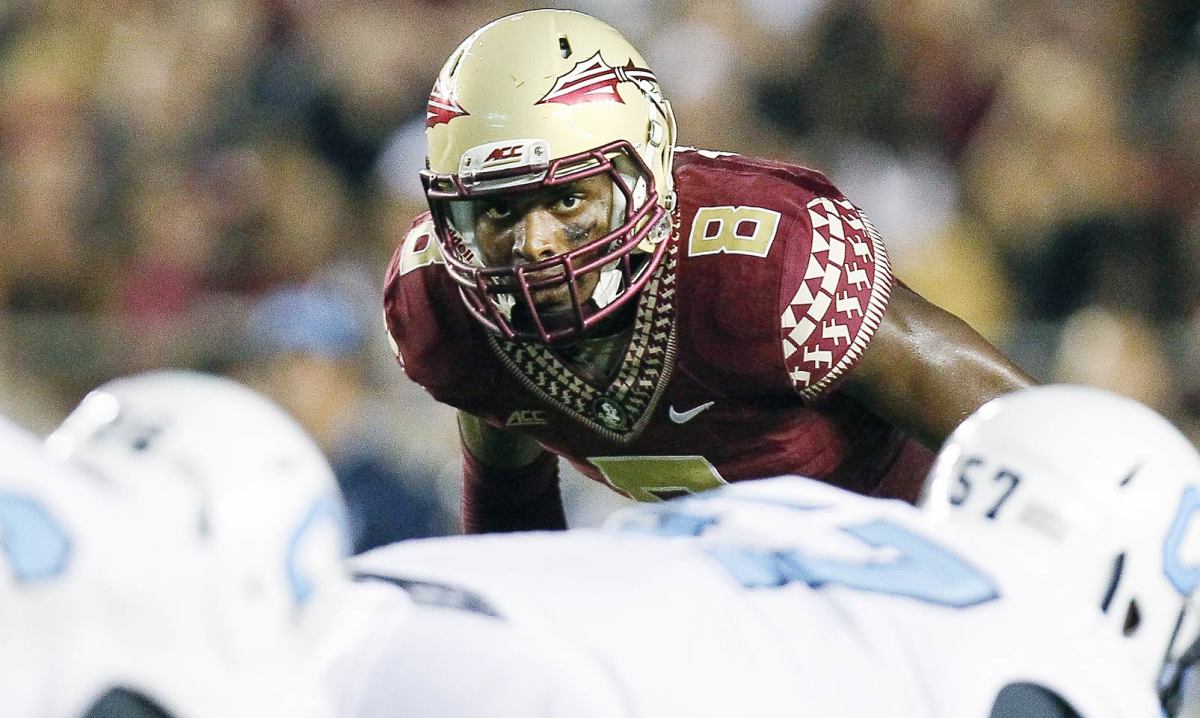
Ramsey enters his third year at Florida State as one of the best cornerbacks in college football. Ramsey started as a true freshman on the Seminoles' 2013 national championship squad and has only improved since. It would be a surprise if quarterbacks test him often.
Brad Kaaya, Miami QB
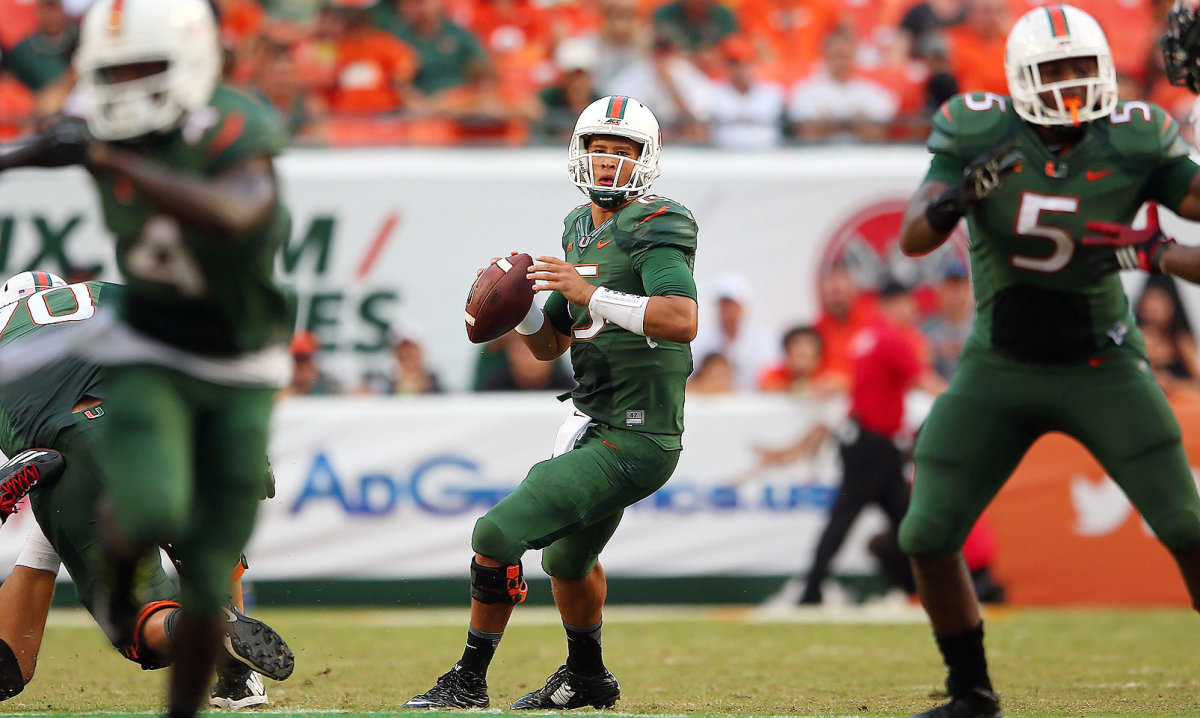
Kaaya was tasked with restoring The U as just a true freshman, and he performed well even as the Hurricanes fell short of expectations. The quarterback threw for 26 touchdowns compared to 12 interceptions, amassing over 3,000 yards. But Kaaya will have to be even better as a sophomore to rally the Hurricanes, who lost four in a row to end 2014.
Kendall Fuller, Virginia Tech CB
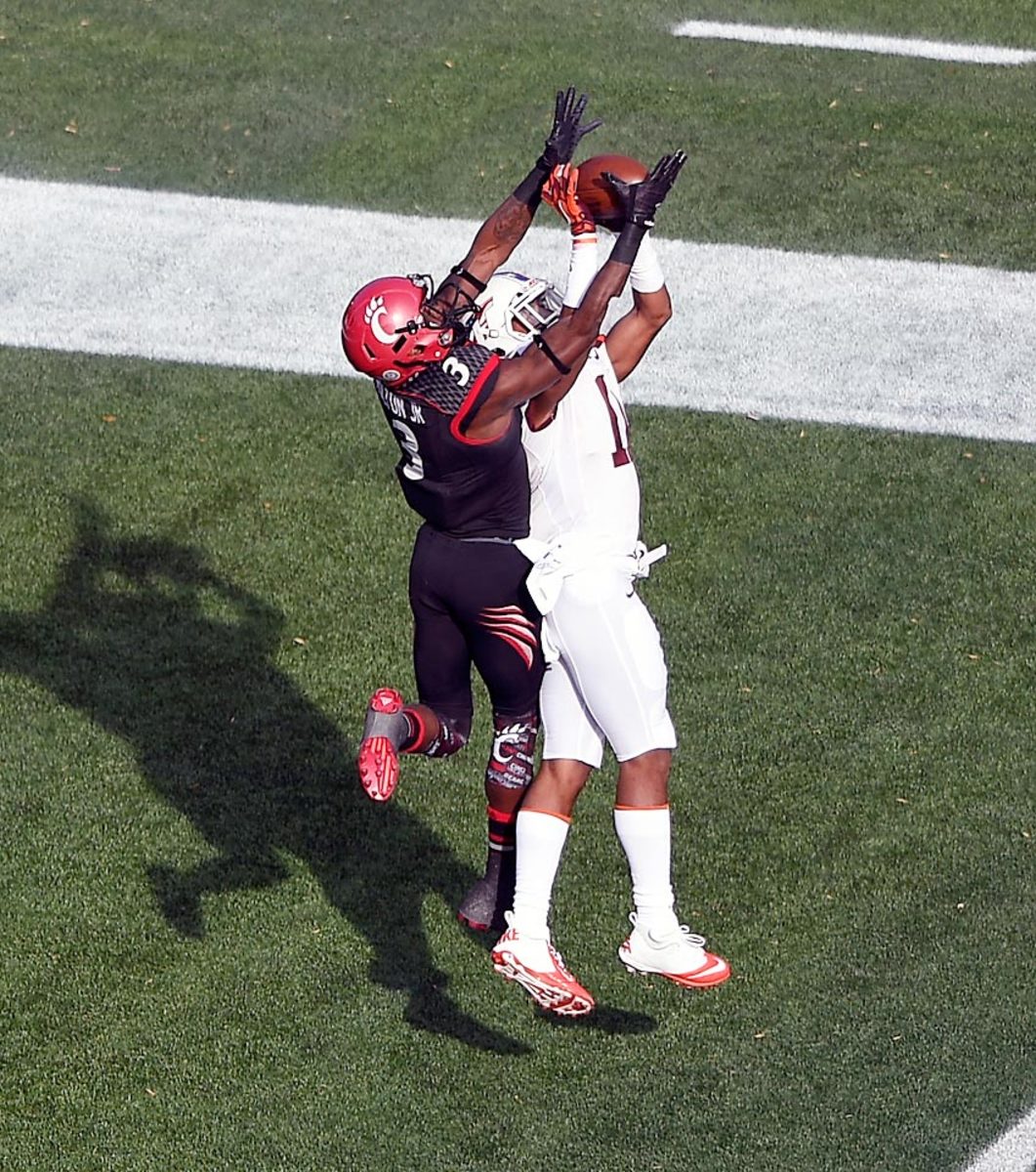
Fuller enters his third season at Virginia Tech as a shutdown corner. He recorded six interceptions in his true freshman season in 2013, so teams hardly threw at him last year. Although the lack of opportunities may limit his statistical production, Fuller's dominance is undeniable.
Jacoby Brissett, N.C. State QB
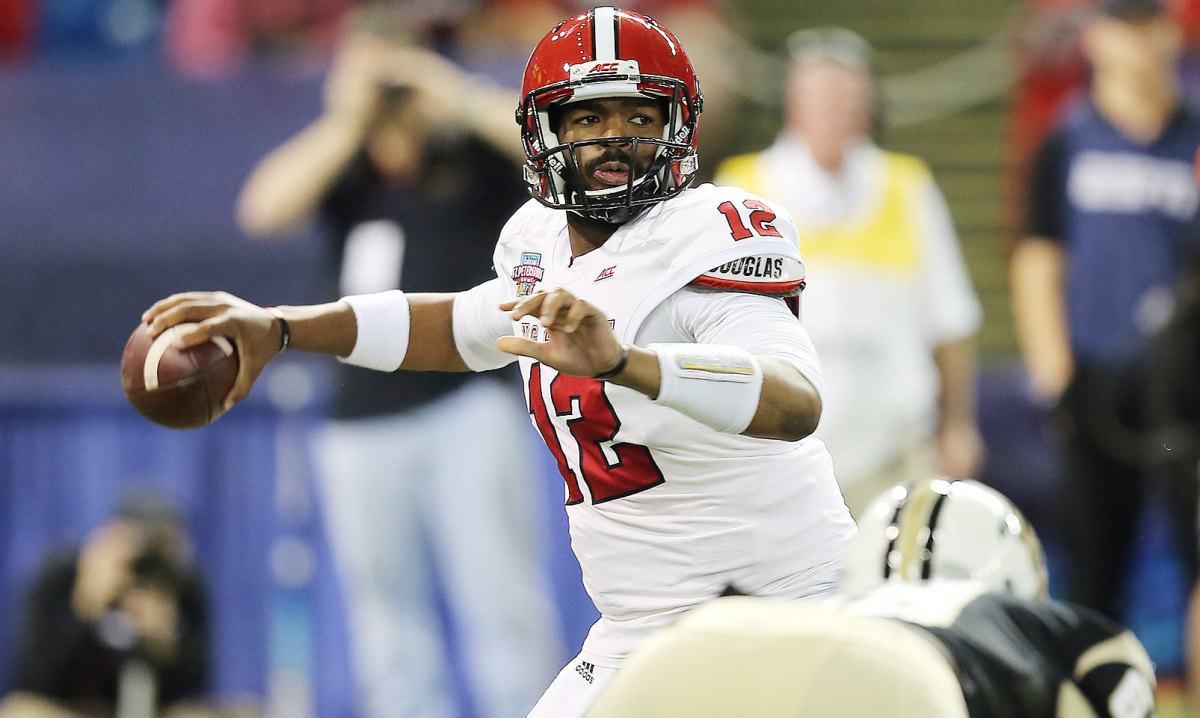
The former Florida passer was given the keys to the Wolfpack offense last season after sitting out 2013. Brissett responded with 23 touchdowns and over 3,000 yards combined running and throwing. His talent as a dual-threat helped N.C. State improve by five wins last season and could make the Wolfpack a tough conference foe in '15.
Tyler Boyd, Pittsburgh WR
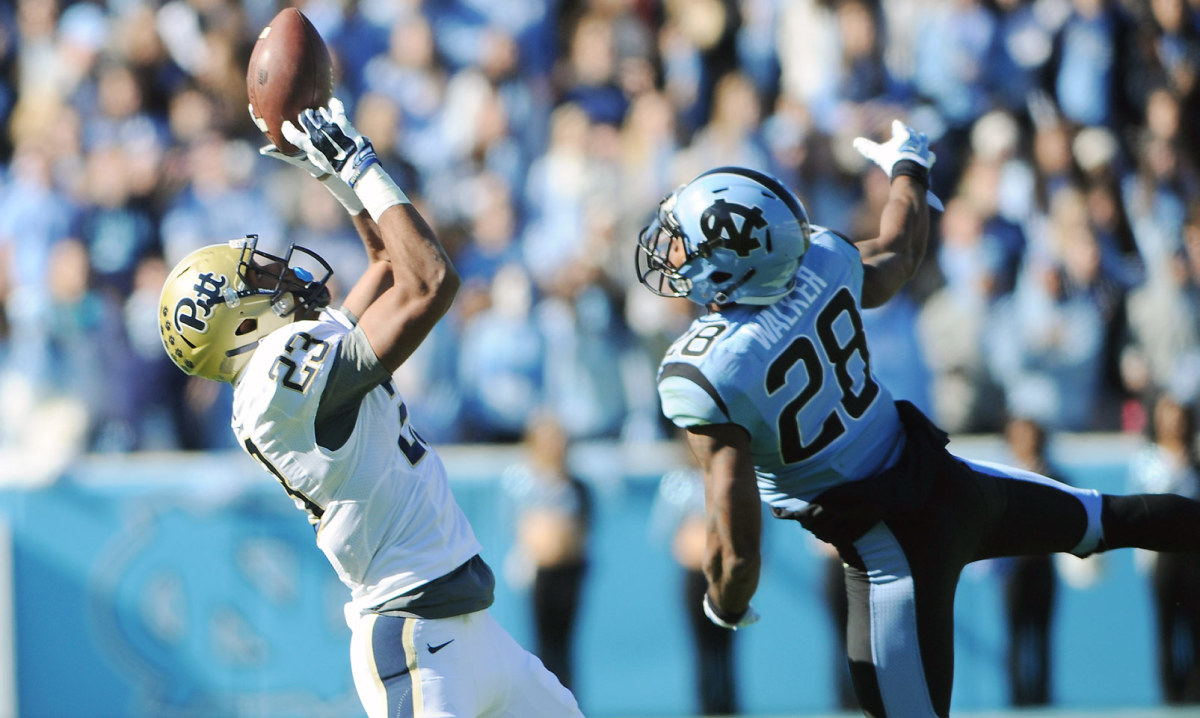
Boyd has been a menace since stepping onto the field as a true freshman in 2013. He's caught at least 78 passes in each of his first two seasons and has 15 receiving touchdowns in his career. A threat as a kick and punt return too, the Pitt receiver averaged 148.3 all-purpose yards per game last year.
Roberto Aguayo, Florida State K
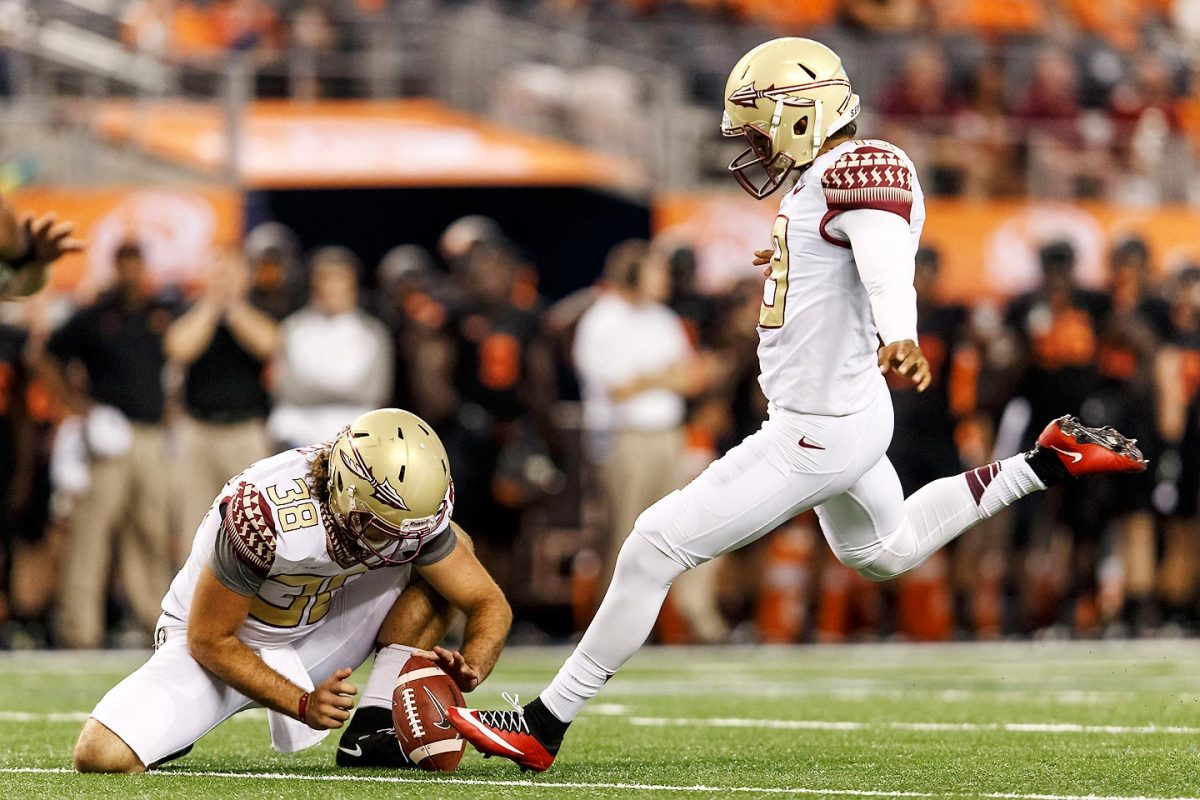
Aguayo has been lights out since 2013, when he won the Lou Groza award as a redshirt freshman. After hitting on 27-of-30 field goals last year (not a single miss came inside of 40 yards), the Seminoles kicker passed up on a chance to enter the NFL draft early.
